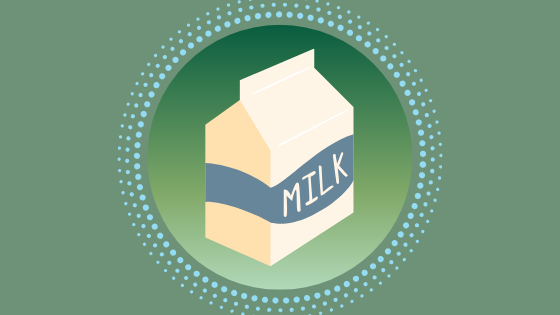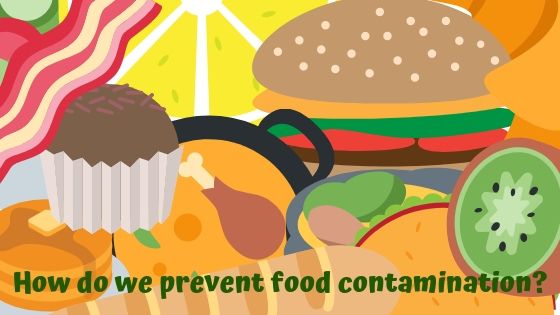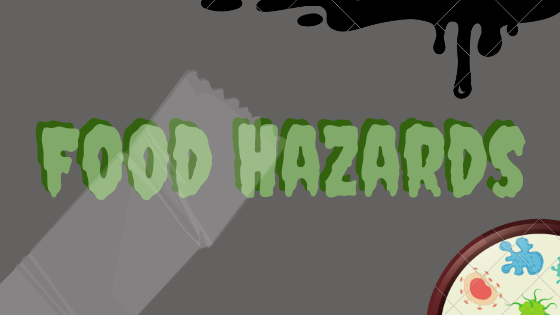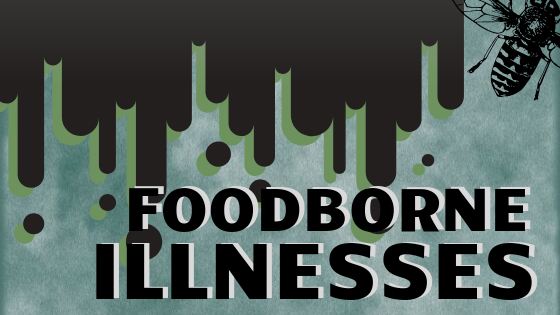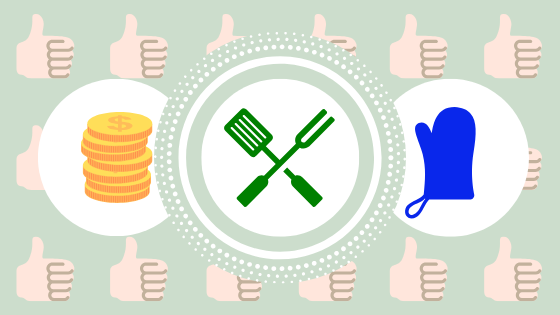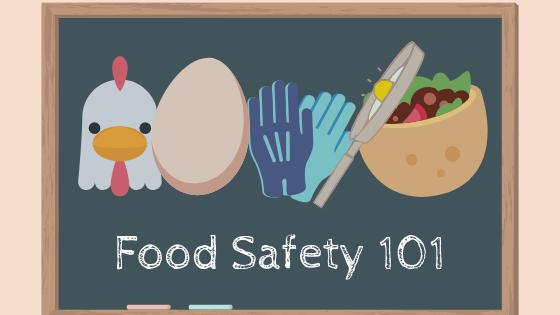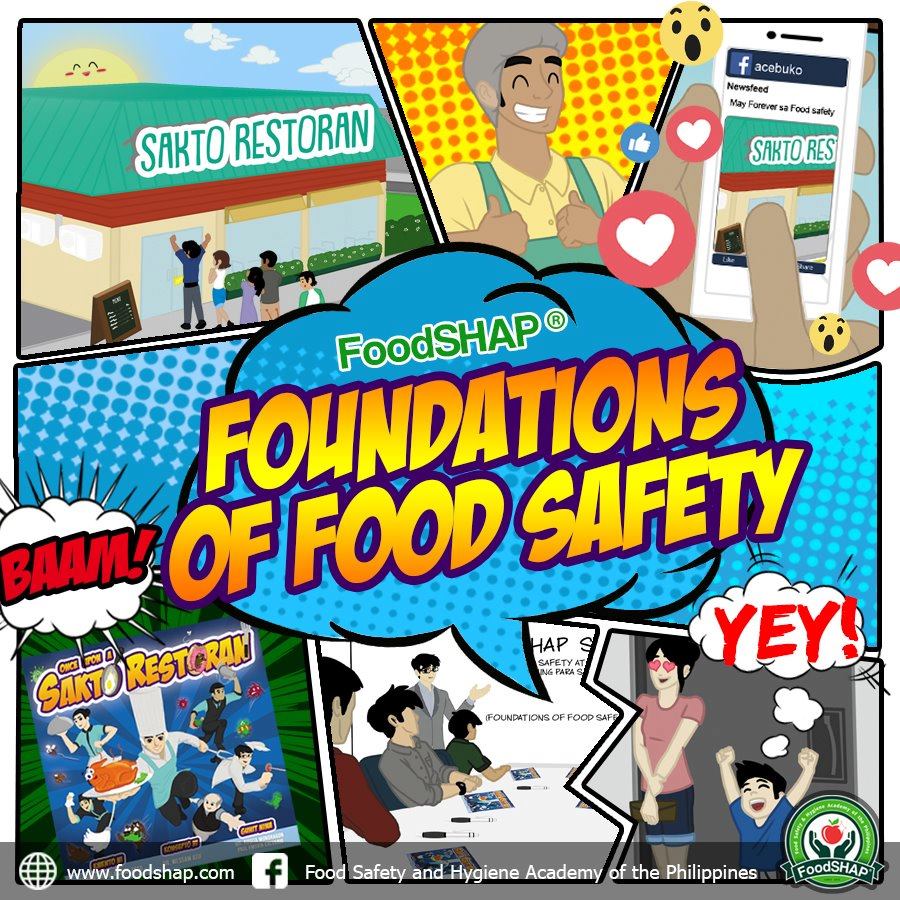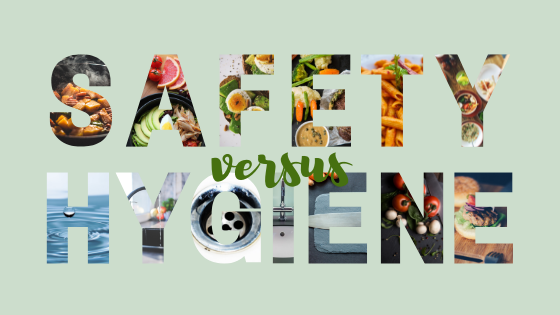Which country has the toughest Food Safety Laws?
Food Safety is one of the factors we consider in buying food. It is our right as a consumer to be provided with food that is fit for consumption. To practice this right, the responsibility of making food safety laws lies on producers with the help of the government and legislative bodies. Food Safety laws must be complied by the producers. It is written and promulgated with the help of the government and legislative bodies of every country. The Global Food Security Index examines food security among 113 countries around the world. They measure underlying factors such as affordability, availability, and quality and safety. They identify which among the countries consider these factors that enable them to provide food that is safe and affordable. According to the 2018 Global Food Security Index, the country with the highest food security is Singapore. The country had a total score of 85.9 in the statistics. Singapore’s Food Safety Laws The importance of food safety and security is very evident in Singapore’s statistics in the Global Food Security Index. They scored a total of 100 under the Food Safety category. Their food regulation is very detailed. It comprises how different kinds of food must be processed or sold. This is the reason why food products in Singapore are undoubtedly clean and safe may it be imported from or exported to other countries. Just last April 2019, Singapore introduced the Singapore Food Agency (SFA). It is a new statutory board dedicated to food security under the Ministry of the Environment and Water Resources (MEWR). SFA aims to provide safe food for everyone. Their mission is to ensure that the food they serve and sell is safe to eat. They will oversee food safety regulations and manage foodborne illnesses outbreaks. The agency enables interaction with the public. The people can send out their complaints regarding food safety matters with which SFA will try to address and resolve.
Which country has the toughest Food Safety Laws? Read More »


